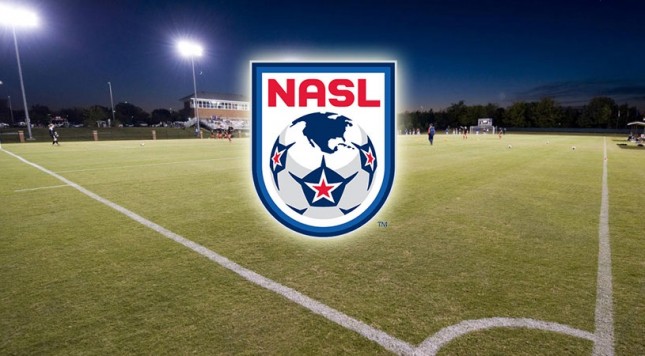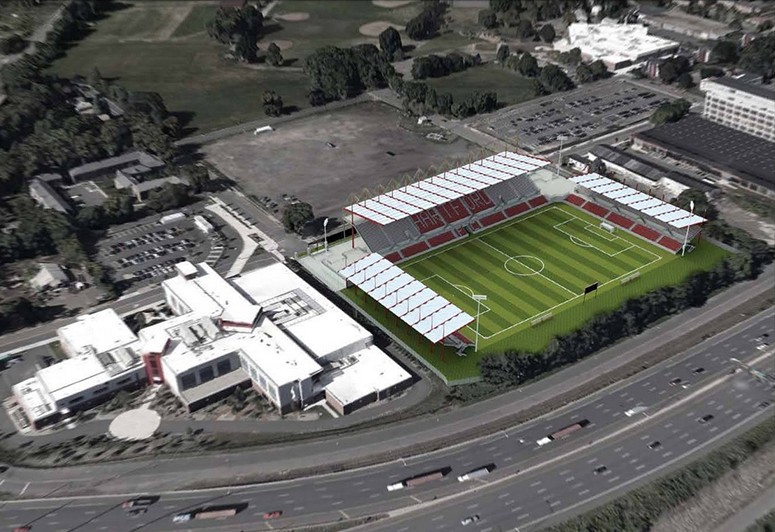Hartford looks to join the NASL while expanding to the Wild Wild West still looms
News has come out this week that Professional Sports Management Group, owners of the newly formed Hartford City FC in Connecticut, are looking to play year-round soccer. They will begin playing indoor in the Major Arena Soccer League this fall and have requested to join the North American Soccer League (NASL) starting in 2017. In addition, Professional Sports Management Group stated they will privately fund a 15,000 seat outdoor stadium, undoubtedly helping their bid for a place in the NASL. With Hartford vying for a place in the NASL and the league having clubs in major markets on the east coast, it brings up a major talking point in the soccer landscape of the United States. Can the NASL retain division two status within the US Soccer Federation professional league pyramid and attest to cities and fans on the west coast who are looking for a soccer team to call their own?
In 2011, teams in the United Soccer League (USL) split and formed their own league. They rebranded the NASL, were given division two status by US Soccer, and the USL was moved down to division three. Now, it seems the USL is looking to prevail over those who left a few years ago by rebranding the league, forming a partnership with Major League Soccer, and applying for division two status. Eight USL teams are currently owned and operated by an MLS club while the other sixteen teams are affiliated with an MLS organization. In addition, the USL has teams in all regions of the United States and three teams in Canada. While the NASL is pushing its own brand independent of the MLS and USL, their league is firmly based in the eastern United States. Two teams, Puerto Rico FC and Miami FC, will begin playing in the NASL next year, bringing the total of NASL teams to thirteen.
In my opinion, there are three ways the NASL can keep division two status in order to survive. If the NASL does fall to division three we could see teams and players move to other leagues, forcing the NASL to restructure or possibly fold.
First, the NASL must establish a market on the west coast. Currently, Edmonton, Minnesota, and San Antonio are the farthest teams in the west. However, Minnesota will be joining the MLS in 2018. The strongest support for a NASL franchise on the west coast seems to be coming from the city of San Francisco. Second, continue to grow the game from a grass roots level. With the vast connections social media has in sharing ideas and information, soccer fans have connections like never before. Cities such as; Birmingham, Boston, Chicago, Indianapolis, Los Angeles, Oakland, and San Francisco have fan clubs who have spread the word about bring a professional soccer team to their city. So far, Indianapolis has materialized into Indy Eleven. A well-established club in the NASL and in the local community that attracts over 10,000 fans to every home league game. Third, the current NASL needs to continue to remember the past while growing the future. The older generation of soccer fans who watched Pelé, Franz Beckenbauer, or Eusébio can relive those moments with a new generation of soccer enthusiasts watching Raúl, Kleberson, or Nacho Novo play.
Growing any sports league results in growing pains. The NASL will have to overcome adversity, with the USL vying for division two status and franchises in Oklahoma City and Virginia now discombobulated. However, with teams displaying a good product on the field, having a strong hold in the community, attendance on the rise, and exhibiting financial responsibility, the NASL will continue to grow. I believe having the USL as a division two league will not work because of the connections to the MLS will restrict USL teams to grow on and off the field.





















